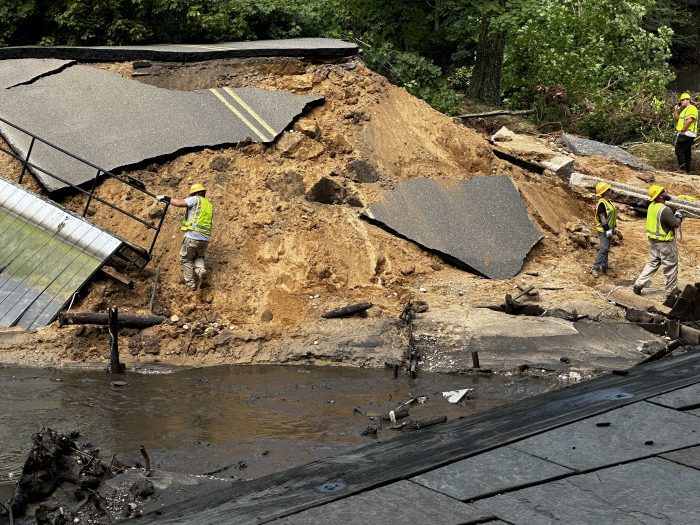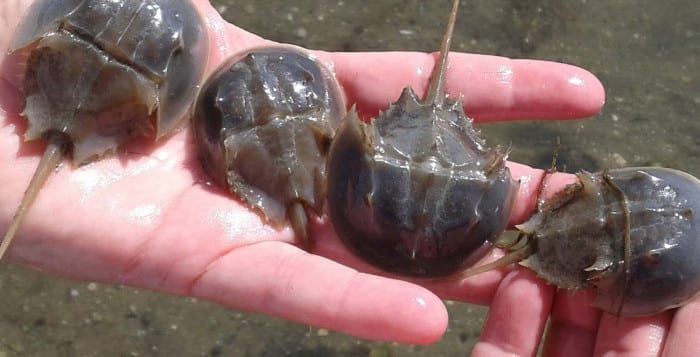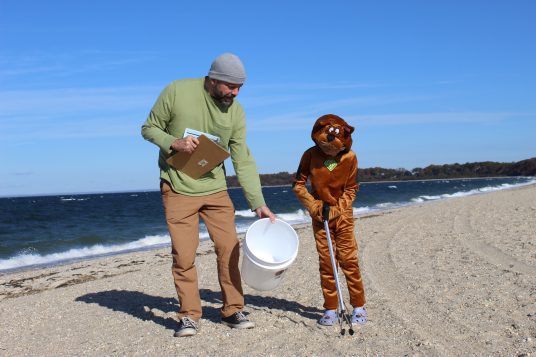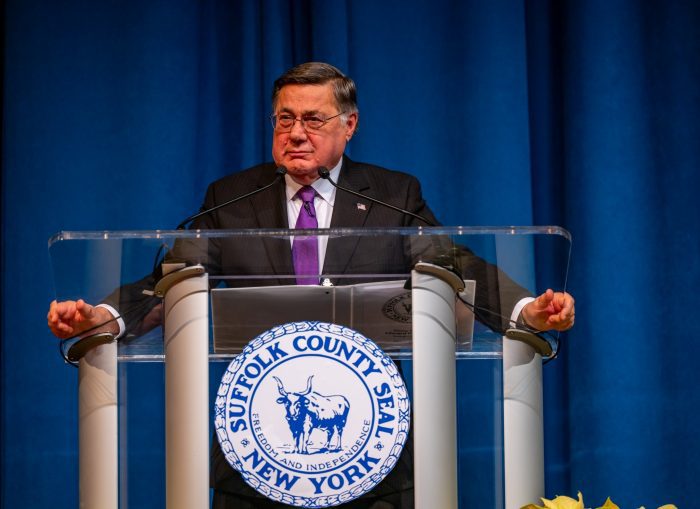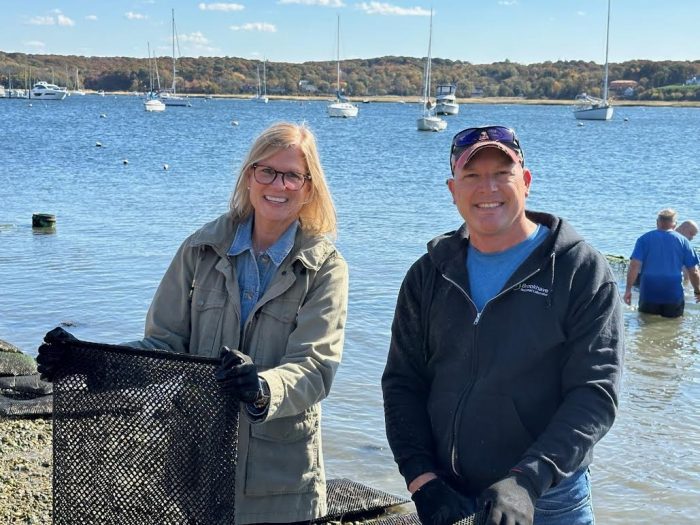By Nancy Marr
We frequently hear the mandate “Reduce, Re-use, and Recycle,” but is that really the answer to our waste problem?
Yes, recycling can work, but it’s not perfect. A recycling business can refurbish and recycle goods or can even create new products from recycled materials. It reduces the amount of waste sent to landfills, and conserves resources like water, minerals, and timber by reducing the need to collect new raw materials.
 Local government must provide incentives for businesses to invest in research to develop ways to recycle and reproduce products that can be sold. Modern urban recycling, which began with the passage of New Jersey’s mandatory recycling law in 1984, has successfully created a tremendous supply of recycled newspapers, glass bottles, office paper, and other materials. But when it comes to creating markets to meet consumer and business demand for the products made from these materials, the economics of recycling falls apart.
Local government must provide incentives for businesses to invest in research to develop ways to recycle and reproduce products that can be sold. Modern urban recycling, which began with the passage of New Jersey’s mandatory recycling law in 1984, has successfully created a tremendous supply of recycled newspapers, glass bottles, office paper, and other materials. But when it comes to creating markets to meet consumer and business demand for the products made from these materials, the economics of recycling falls apart.
The U.S. has a national recycling goal to increase the recycling rate to 50% by 2030, from a rate of 7% in 1960 and 32% in 1923. Between 70% and 90% of all items that could be recycled now end up in the landfill. An important success has been the Better Bottle Bill that was passed originally in New York State in 1983.
Purchasers of bottled water, beer, wine coolers or soda are charged a fee, and are reimbursed when they return them to be re-produced. Returned bottles are sorted based on the type of material (glass, plastic, aluminum), and cleaned. The plastics are then shredded into small flakes and melted down into small pellets which can be used for new bottles.
To make it more effective, the New York Legislature has written a Bigger, Better Bottle Bill, which would add glass bottles with non-carbonated liquids and iced tea, and increase the deposit price and the reimbursement price to ten cents. It did not pass in this year’s Albany Legislature, although it will surely be legislated again, or re-written into a bill that mandates the return of bottles.
In fact, as David Biddle, Executive Director of the Public Recycling Officials of Pennsylvania, points out in the Harvard Business Review, recycling is not just a matter of recovering recyclable material; it’s a total economic system. Few people realize that their local curbside collection program is only the beginning of a recycling loop. Unless consumers want to buy the recycled products, the markets for the material they put out at the curb will remain depressed.
While public policymakers are still trying to improve their recycling programs, large corporations and small entrepreneurs alike are in the best position to take the lead. Top managers of companies like American Airlines, Bell Atlantic, and Coca-Cola have made buying recycled products and investing in green R&D part of their overall business strategies, which has allowed them to cut down on waste, increase profit margins, and, in some cases, truly close the recycling loop. The success of recycling—indeed, its true value in the long term—won’t depend on how much landfill space is saved but on whether or not recycling makes economic sense.
U.S. manufacturers haven’t always been so slow to invest. For decades, the steel and aluminum industries have successfully developed their respective technologies to incorporate large quantities of post-consumer recycled materials. Aluminum cans all contain a high percentage of recycled content, and virtually all products made with steel contain at least 25% reclaimed steel. In general, these two industries couldn’t survive without the heavy input of recycled material; and in this, they are models for the lagging paper and plastics industries. The universal recycle icon (three arrows in a Mobius loop) shows whether the item can be recycled, or may have been recycled.
Government also needs to enlist university scientists and train students to find additional ways to process glass, plastics, fabrics, and other items that now end up in the landfill. Local governments need to provide education about the importance of recycling and the materials consumers place in their curbside recycle bins.
By mandating recycling and setting extremely high recovery goals for both paper and plastics, government has challenged U.S. industry to develop the necessary infrastructure for incorporating these materials into manufacturing processes. Yet for this challenge to be met, local government needs to find ways to involve business and industry in using and creating recycled products.
Nancy Marr is first vice-president of the League of Women Voters of Suffolk County, a nonprofit, nonpartisan organization that encourages the informed and active participation of citizens in government and influences public policy through education and advocacy. For more information, visit www.lwv-suffolkcounty.org or call 631-862-6860.



